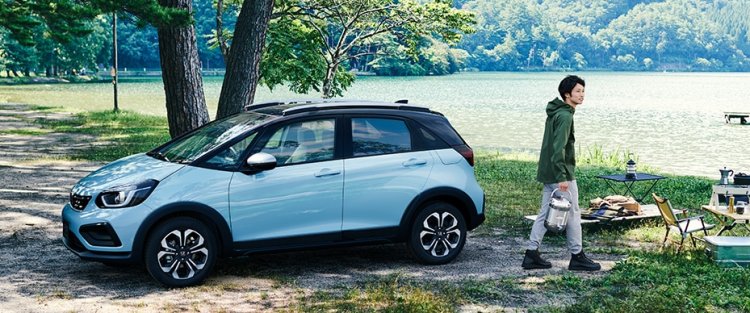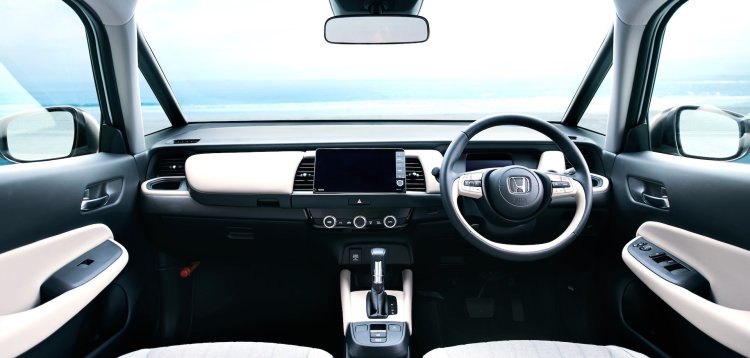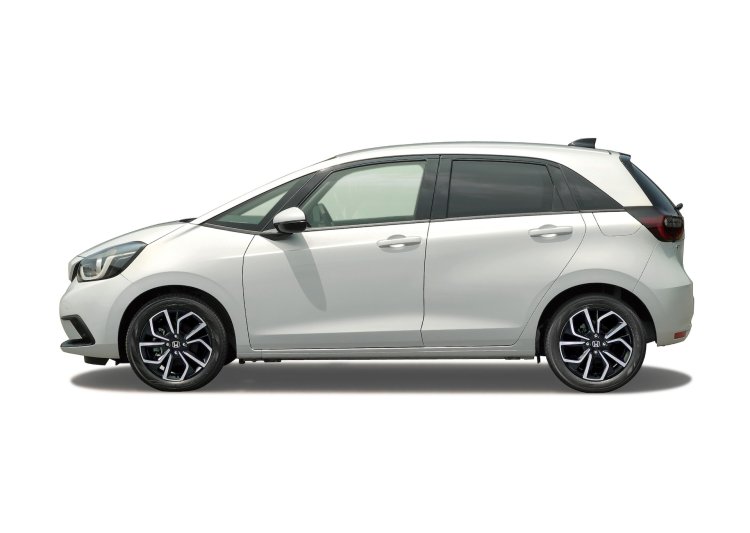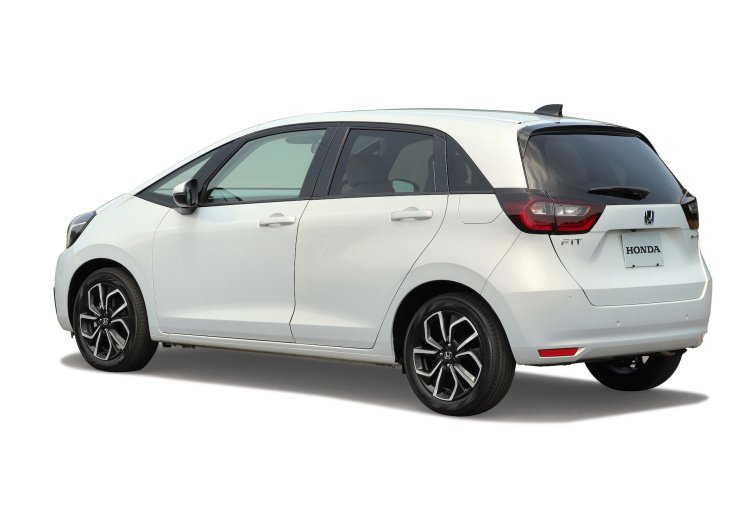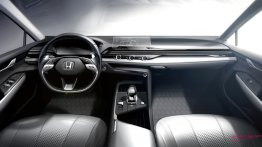The 2020 Honda Jazz (2020 Honda Fit) is celebrating its market premiere in Japan today. In the company's home market, it has been priced in the range of JPY 19,97,600-21,86,800, which converts to INR 10.13-14.22 lakh.
Honda offers the fourth generation Jazz in Japan in five types, namely Basic, Home, Ness, Crosstar and Luxe. All other types except Crosstar are basically just equipment lines. Crosstar is a differently styled derivative with crossover character. Think of it as developed countries' WR-V alternative.
Honda is offering plenty of options for the all-new Jazz, including 25 exterior colour choices, 5 interior colour choices and total 20 different configurations. Then, of course, there’s a rotating passenger seat (front) version for the differently-abled and the elderly as well. Available in exclusively the Basic trim and total four different configurations, it will go on sale on the 16th of this month.
Full-LED headlights, LED fog lights, 16-inch alloy wheels, LED tail lights, genuine leather seat upholstery, electric parking brake, genuine leather-wrapped two-spoke steering wheel, 9-inch HD touchscreen infotainment system (VXU-205FTi) and 7-inch digital instrument cluster are some of the main features of the 2020 Honda Jazz. Check out these features in the image gallery at the end of the story.
Honda Sensing safety suite with 11 advanced functions is standard in the new generation Jazz. Below are these functions:
- Collision Mitigation Braking System (CMBS)
- False Start Prevention
- False Backward Start Prevention
- Short-distance Collision Mitigation Braking System
- Pedestrian Collision Mitigation Steering System
- Road Departure Mitigation (RDM) System
- Adaptive Cruise Control (ACC) with Low-Speed Follow
- Lane Keeping Assist System (LKAS)
- Lead Car Departure Notification System
- Traffic Sign Recognition
- Auto High Beam Headlights
The 2020 Honda Jazz measures 3,995-4,090 mm in length, 1,695-1,725 mm in width and 1,515-1,570 mm in height. It has a wheelbase of 2,530 mm. It is available in a petrol variant and a hybrid variant. The petrol variant returns up to 24.2 km/l (JC08), while the hybrid variant’s fuel economy rating goes as high as 38.6 km/l (JC08).
The petrol variant uses the L13B 1.3-litre N/A four-cylinder engine (98 PS/118 Nm) and a CVT as standard. A 4WD system is available optionally.
The hybrid variant’s powertrain uses the LEB-H5 1.5-litre N/A four-cylinder petrol engine, an electric generator motor, an electric propulsion motor, a Lithium-ion battery and a fixed-gear transmission via an intelligent power control unit. A 4WD system is optionally available in the hybrid variant as well.
The engine produces 98 PS and 127 Nm of torque. The electric propulsion motor generates 109 PS and 253 Nm of torque. The single fixed-gear ratio transmission is more compact than a planetary eCVT that is common in hybrid vehicles. It creates a direct connection between the moving components, leading to a smoother transfer of torque and a linear feel during acceleration.
Also Read: Indian-spec 2020 Honda City with beige interior spied, to be unveiled in March
The fourth generation has been ruled out for India. Expect the old model to be refreshed once again in the future to gain an extended life here. In our market, the all-new, 2020 Honda City will be introduced in the middle of next month.
